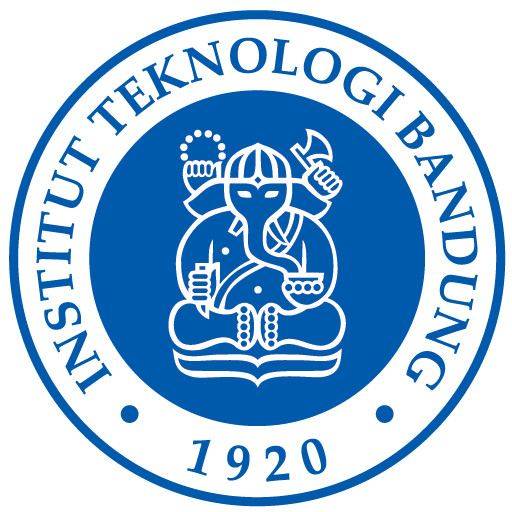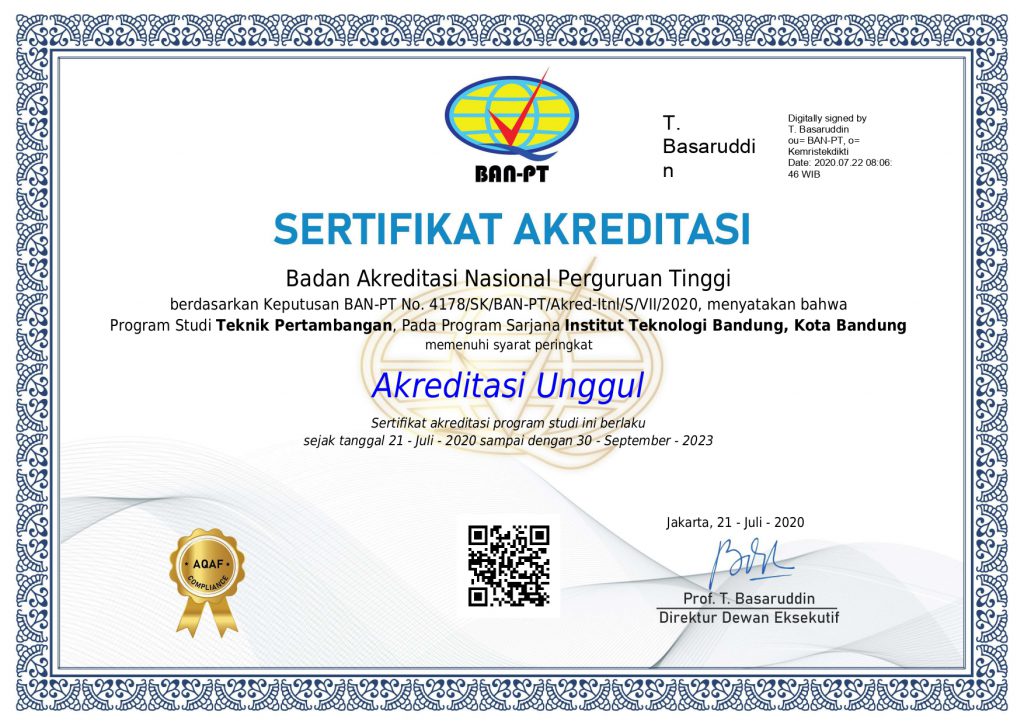

1. Establishment Period: 1949 – 1959
The Bandung Institute of Technology (Bandung Technische Hoogeschool) was first established in 1920 in the Dutch colonial era. ITB is the first higher education institution in Indonesia that focuses on engineering and science disciplines. After the proclamation of the independence of the Republic of Indonesia, in 1948 ITB became the Faculty of Engineering (Faculteit van Technische Wetenschappen) and the Faculty of Natural Sciences (Faculteit van Wis en Natuurkunde), which are part of the University of Indonesia.
In February 1948 the Mining Division which focused on the Exploration Geological Engineering Study Program (Geologisch Exploratie Ingenieur) and the Geology Study Program (Geoloog) was established under the Faculty of Engineering. The study program education was started in 1949 for the first and second years, then continued education at TH Delft (Netherlands). In the first batch there were 6 students, but one of them later moved to another division. In 1950, the Geology Division was founded and falls under the Faculty of Natural Sciences.
Although initially only had limited laboratory facilities, education in the Mining Division went well with lecturers from the Netherlands. In 1950, there were more students enrolled in this division. The curriculum is divided into Mining Exploration, Mining Engineering, Mineral Processing, and Petroleum Engineering after level 3. The political situation in the mid-1950s forced Dutch lecturers to return to their home countries, which were then replaced by professors and lecturers from the United States under the agreement collaboration with the University of Kentucky. Some graduates are then recruited to become lecturers and continue their education in the United States for 1-2 years to increase their knowledge and skills. The collaboration ended in 1965, and since then all lecturers are Indonesian nationals.
2. Development Period: 1959 – present
After 10 years under the University of Indonesia, ITB was established as an independent educational institution in 1959 which was followed by reorganization in all departments. Mining and Geology Section under the Department of Mineral Technology (DTM). In 1962, the Chancellor of ITB established the Petroleum Engineering Section under DTM. The Mining section consists of Mine Exploration, Mining Engineering, and Metallurgical Engineering, which represents the flow in the mining industry from the process of searching, mining, and mineral processing. This scheme is designed in the curriculum as 3 options. Students can choose options at level 3.
In 1973, a new academic system was implemented at ITB. The old system developed by the Netherlands based on levels was replaced with a credit unit system (SKS, credit hour). After being implemented for several years at ITB, this system was later used as a national standard.
There are several internal organizational changes at ITB which generally do not have an important impact on the study program, and only have an impact on the administrative aspect. These changes are as follows:
- 1963-1973 : Mining Section under DTM
- 1973-1984 : Mining Engineering Department under the Faculty of Industrial Technology
- 1984-2000 : Department of Mining Engineering under the Faculty of Mineral Technology
- 2000-2007 : Department of Mining Engineering under the Faculty of Earth Sciences and Mineral Technology
- 2007-now : Mining Engineering Study Program under the Faculty of Mining and Petroleum Engineering
In 2005, the Metallurgical Option in the Mining Engineering Study Program was developed into a separate study program. Since then, the Mining Engineering Study Program consists of two options, namely Exploration Mining and Mining Engineering.

